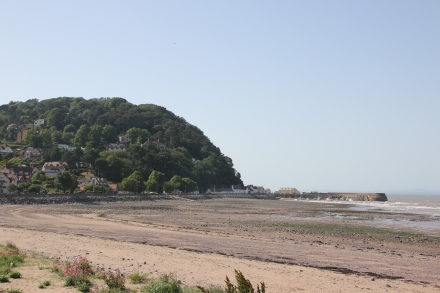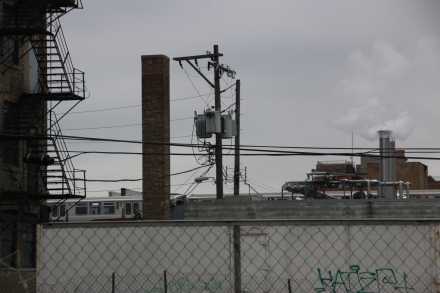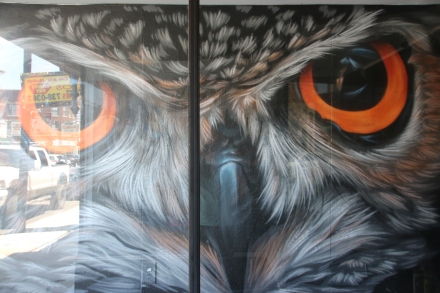I forget how divine this length of coast is. I spent the night at Minehead and drive to Porlock Weir, a delight in its own right.
I then drove up the hill out of the village and out onto the wide open spaces of Exmoor – a real ‘awe & wonder’ moment, a cry out loud celebration of all that is good about this world and about life – the sea on one side with lines of white horses snuffling the bays and headlands , the stretching moorland cut by deep valleys on the other. Free air above in a cloudless sky and the open road ahead with the roof down. If only I had hair to blow free in the breeze. I stop to overlook Lynmouth before driving down into the village.
1952. The year the rains came, the East and West Lyn rivers roared off the moors bringing boulders & earth & trees and taking cars & vans & sheds on a dreadful journey of devastation through the village. 34 people died in the resulting chaos.
I forget how charming the village now is, both up the two rivers to the moors and downstream to the sea. It’s Victorian splendour has been recaptured from its wrought iron balconies to the Rhenish Tower.
The waterpowered Cliff Railway toils up & down, filling its top water tanks after each journey linking Lynmouth with its high neighbour on the cliffs




I have to leave you with two bathing places on the Kennet & Avon Canal which I included on my way home. The first is on the River Avon, not the canal itself, at Bathampton, by the tall bridge.
The other is at Clavendon Pumping Station. To get to it you have to walk down a narrow track, over the canal bridge, over the pedestrian gate across the main line to Bath and into the meadows where the Avon smoothes over a weir. Both places are glorious in weather like this, even if the locals have claimed them already. There is space for all.
















































































































You must be logged in to post a comment.